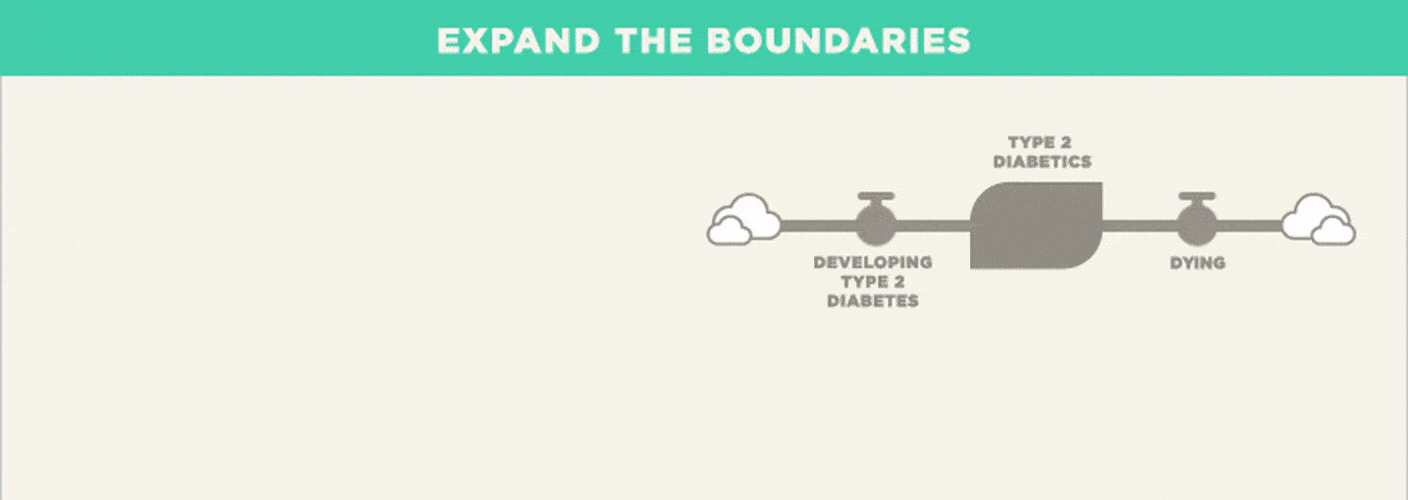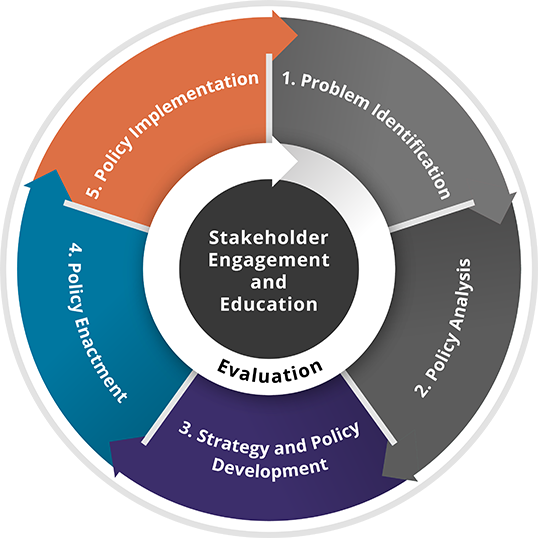Why Expand the Boundary of Inquiry?


When thinking about complex issues, is your boundary of inquiry—what is included and excluded—broad enough? Often issues are defined too narrowly, which can result in unintended consequences. By expanding the boundary of inquiry, you increase the likelihood of considering a larger set of relevant relationships that affect how the system works and what is causing the behavior.
Example from the Field
Let’s revisit the Type 2 diabetes example. When thinking about policy interventions, you may want to consider those that slow down the rate at which people develop Type 2 diabetes or interventions that help people return to health.
If you expand the boundaries of your system to include stocks of pre-diabetics and even non-diabetics, you increase the opportunity to identify ways to potentially prevent Type 2 diabetes. You can also better anticipate unintended consequences while gaining a much richer set of policy levers to consider.

The public health example above is for illustration and demonstrates the concept of expanding the boundary of inquiry around public health problems. It can be used for a variety of health topics.
How Can You Use This with the CDC Policy Process?
The Strategy and Policy Development phase in the CDC Policy Process focuses on identifying how the policy will operate and what will be needed for Policy Enactment and Implementation. During the Strategy and Policy Development phase it can be important to make sure that your level of analysis is wide enough to include all the important areas of policy development. Expanding your boundary of inquiry to make sure it is broad enough while not being too broad can help you focus on relevant policy levers.
